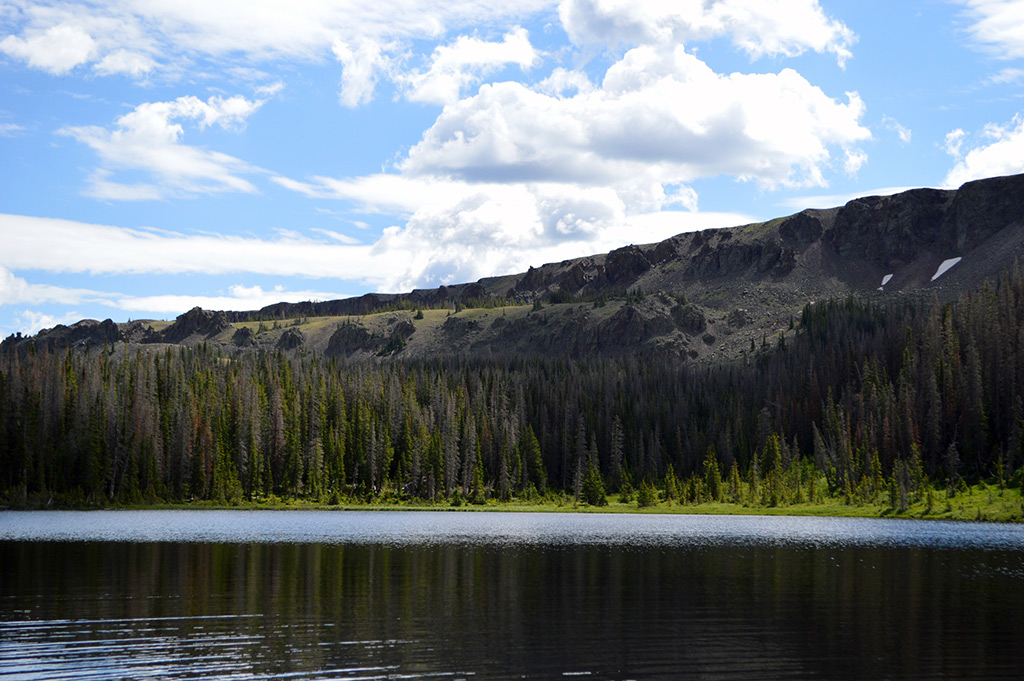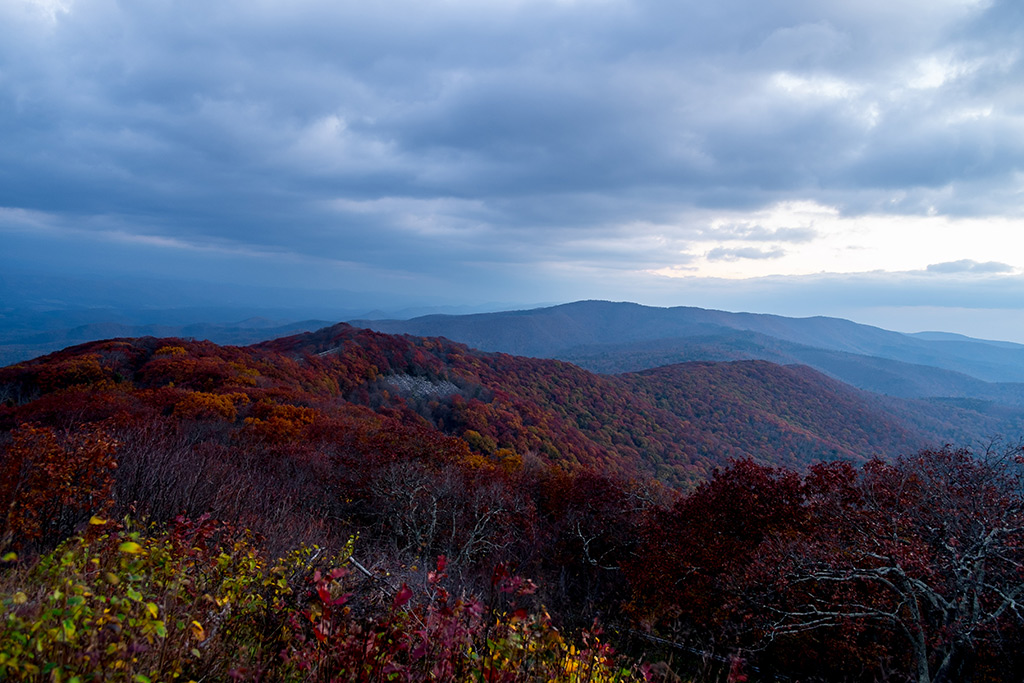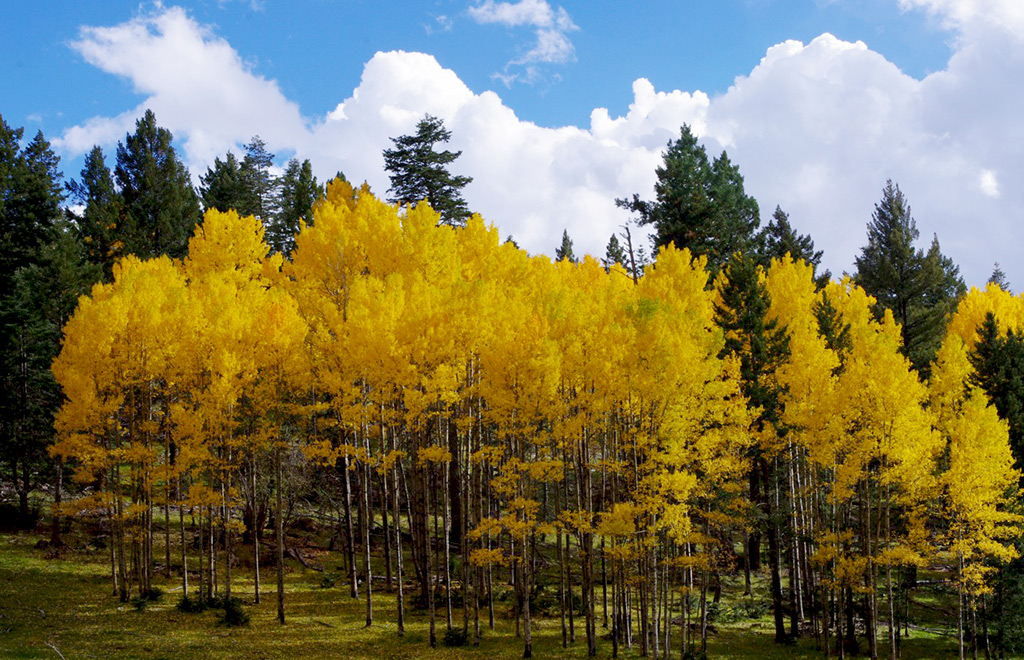By Suah Cheong, American Forests
Yesterday we celebrated President’s Day — an occasion to remember all our past presidents.
For some of our national forests, however, every day is President’s Day. The Arapaho-Roosevelt National Forests and Pawnee National Grassland (ARP), the Cleveland National Forest, the George Washington and Jefferson National Forests and the Lincoln National Forest are the only forests in the country named after our presidents.
Keep reading to learn more about their climates, recreational activities and rich histories!
Arapaho-Roosevelt National Forests and Pawnee National Grassland (ARP)

Known collectively as ARP, these public lands are located in northern Colorado and serve as home to a large variety of wildlife and plants. The forests and grasslands encompass roughly 1.5 million acres, and topography varies from rolling hills to snow-covered peaks more than 14,000 feet high.
President Theodore Roosevelt established the Arapaho National Forest in 1908, naming it after a Native American tribe that had used the area in the summer for hunting. It wasn’t until 1932 that President Herbert Hoover renamed the forest to honor Roosevelt.
The ARP attracts more than 6 million visitors per year, making it the most-visited National Forest and Grassland for recreation in the country. There are also a variety of recreational activities available in the ARP, including hiking, camping, wildlife viewing, horseback riding, fishing, hunting, skiing and other winter sports. Visitors can also enjoy the ARP’s many bike routes and scenic drives.
Cleveland National Forest

The Cleveland National Forest is located in southern California and consists of 460,000 acres. It houses an abundance of different terrains and offers a wide variety of recreational activities.
Initially, the lands we now know to be the Cleveland National Forest were only occupied by a few desert and coastal Indian tribes who thrived off of the abundant acorns and game in the area. Many of the trails in the forest today follow the paths of these original dwellers. In 1542, Spanish navigator and explorer Juan Rodriguez Cabrillo discovered the land during one of his expeditions. President Theodore Roosevelt created the Cleveland National Forest in 1908, naming it after former President Grover Cleveland.
You can travel to the Cleveland National Forest to go camping, hunting, mountain biking, hiking, ATV riding and target shooting. This National Forest also lies along the famous Pacific Crest National Scenic Trail.
George Washington and Jefferson National Forests

The George Washington and Jefferson National Forests are comprised of lands located in Virginia, West Virginia and Kentucky. Combined, the two forests take up about 1.8 million acres, making them one of the biggest blocks of public land on the East Coast.
The George Washington National Forest was established in 1918 as the Shenandoah National Forest. In 1932, it was renamed after former President Washington. The Jefferson National Forest was established later, in 1936. The two forests were combined in 1995.
Within the Jefferson National Forest is the Mount Rogers National Recreation Area, which contains Virginia’s tallest peak and more than 400 miles of designated trails. Some of the trails are designated for hiking, but others allow horse and bicycle use. The forests have a wide array of recreational activities, including hunting, hiking, fishing, off-roading, horseback riding and mountain biking.
Lincoln National Forest

The Lincoln National Forest is located in south central New Mexico and consists of three major mountain ranges (Sacramento, Guadalupe and Capitan) that span approximately 1.1 million acres. Elevations range from 4,000 to 11,500 feet.
The General Land Office established the Lincoln Forest Reserve in 1902, naming it after former President Abraham Lincoln. The region houses five different life zones from Chihuahuan desert to subalpine forest. Vegetation ranges from rare cacti in the lower elevations to Engelmann spruce in the higher. The Lincoln National Forest is also famously known as the birthplace of Smokey Bear, the world-famous symbol of the campaign to prevent forest fires. The original bear was buried in Capitan, N.M.
The forest provides access to camping areas, trails of varying difficulty and several ski areas and resorts. Visitors can also head over to the Sitting Bull recreation site, which has one of the most scenic views of natural caves in the country.
To learn more about the connection between our past presidents and forests, check out our recent post on the most forest-friendly presidents.